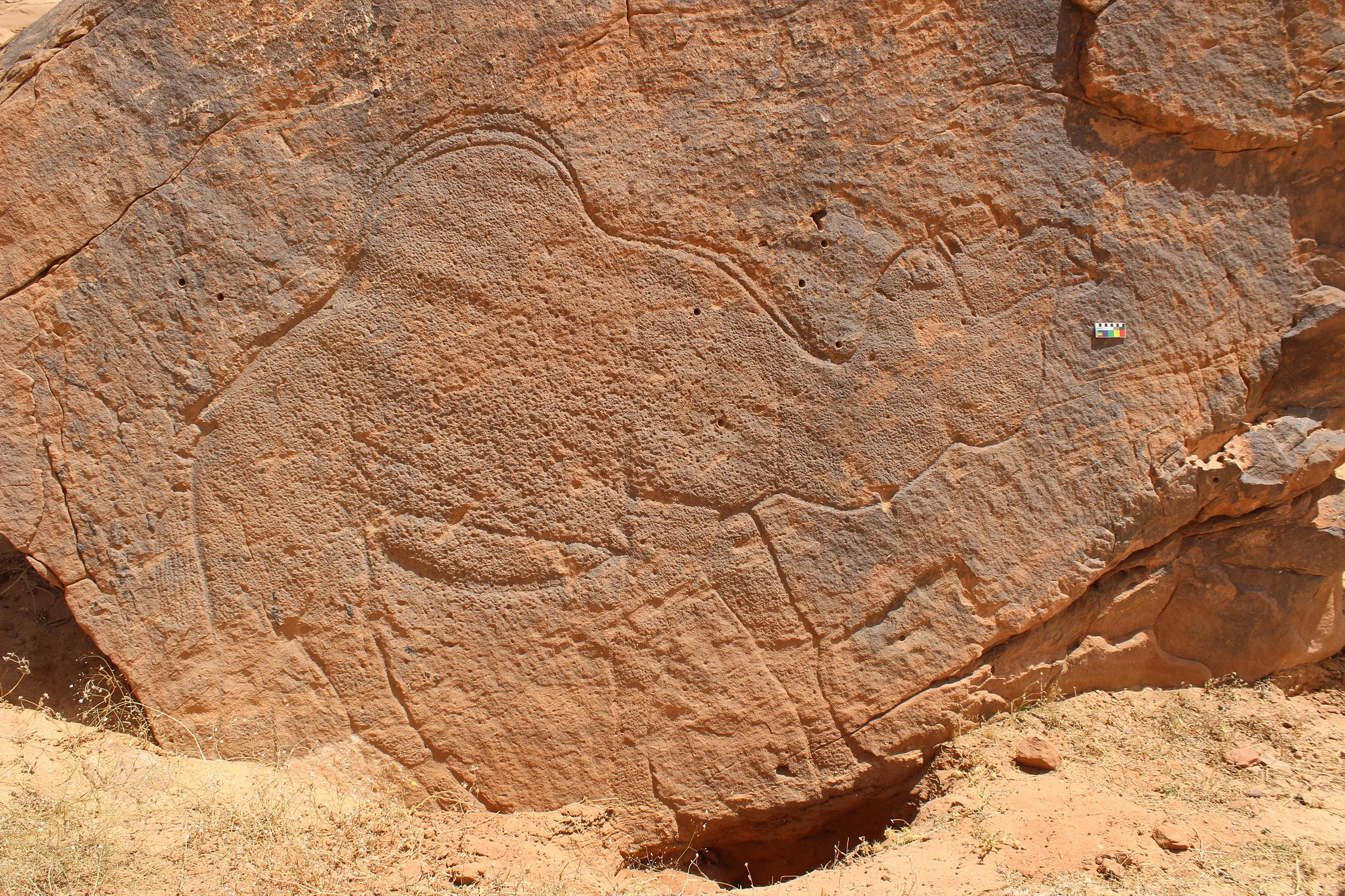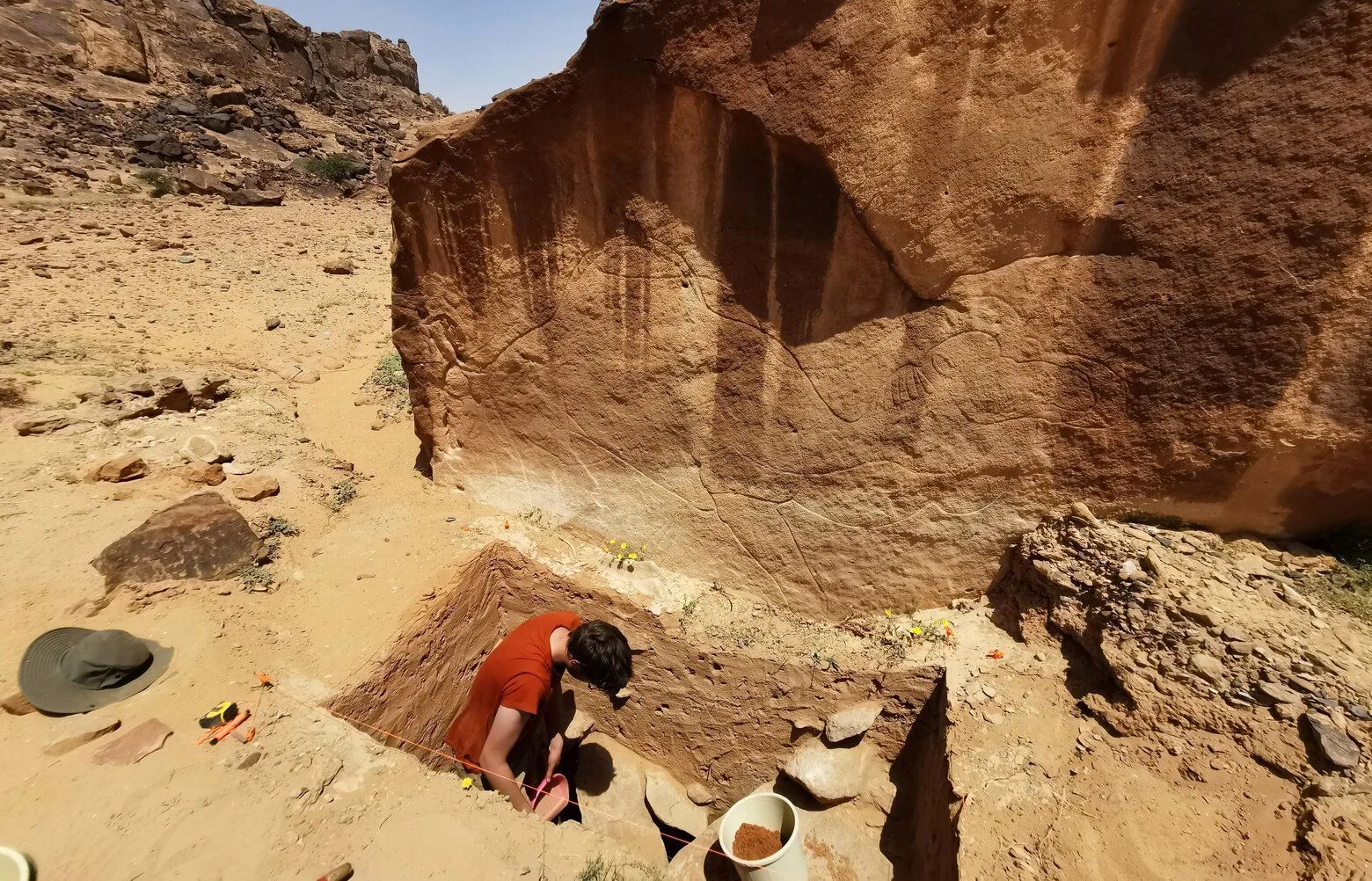Archaeologists in Saudi Arabia have found monumental rock art dating back more than 12,000 years, providing rare insight into early human societies and environmental changes in the Arabian Peninsula.

October 11, 2025

Source:
Scientific American
Archaeological Team Uncovers Ancient Engravings
Archaeologists have reported the discovery of over 170 rock engravings in Saudi Arabia, some of the oldest in the Arabian Peninsula. These carvings, dated between 12,800 and 11,400 years ago, mark a significant chapter in early human history (Science.org).
Massive Scale and Strategic Placement
The engravings are monumental, designed to be seen from afar.
Locations suggest they were markers for territories and migration routes.
Experts believe these works are among the first examples of large-scale communal art in the region.
Keep up with the story. Subscribe to the PR+ free daily newsletter
/https://tf-cmsv2-smithsonianmag-media.s3.amazonaws.com/filer_public/29/da/29da683c-25c8-4493-bfc2-1d2a86774ed0/animal_engravings.png)
Source:
Smithsonian Magazine
Evidence of Social and Cultural Complexity
Researchers say the rock art indicates coordinated group activity and symbolic expression. The sheer scale and effort involved implies planning and social organization not previously attributed to early Arabian communities (Nature).
Artifacts and Neolithic Networks
Tool fragments and objects found nearby suggest contact with other Neolithic groups.
This points to trade, cultural exchange, and technological spread across regions.
The finds show the area was a hub of communication and movement in prehistory.
Read More

Source:
The Seattle Times
Share this news:




















